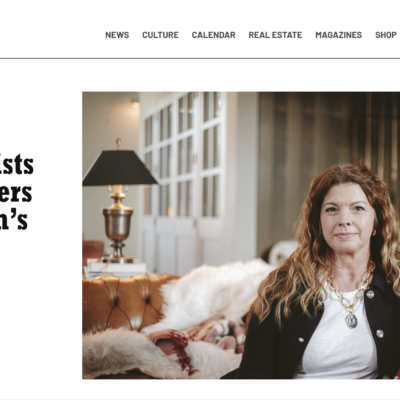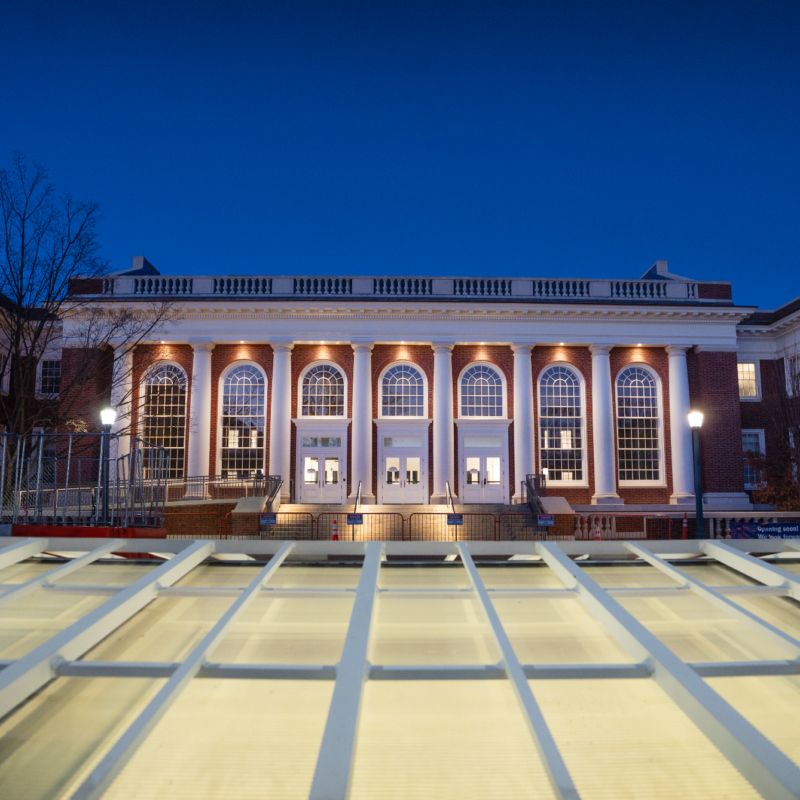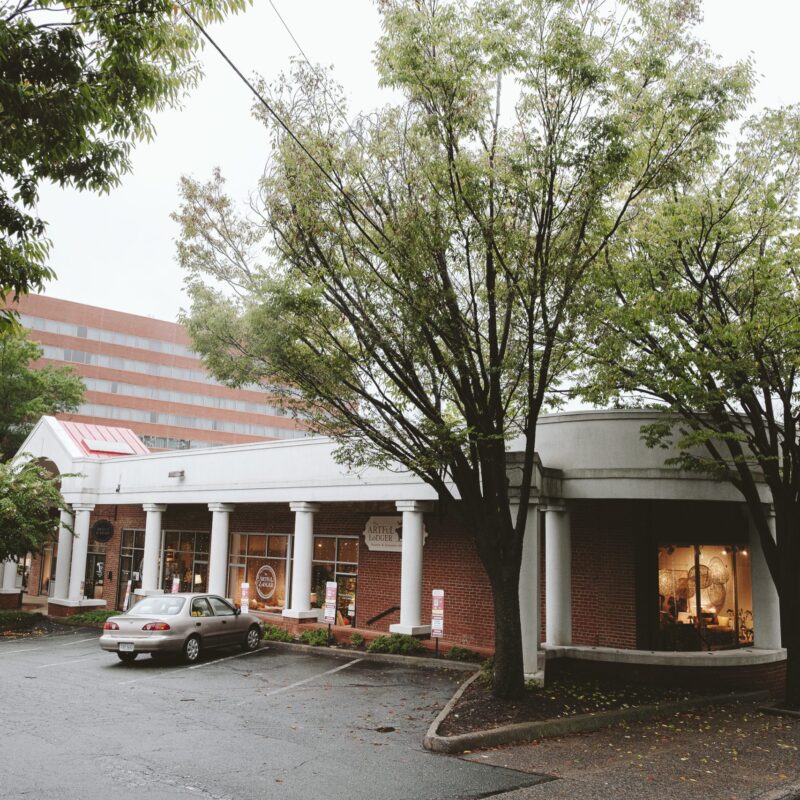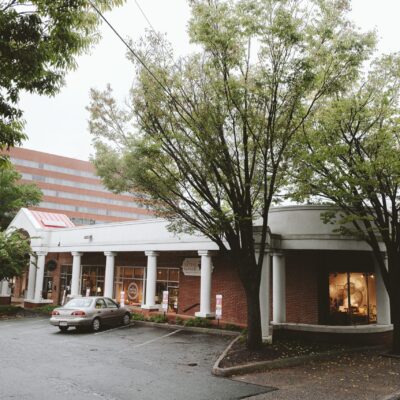It’s hard to see the flaws in the city’s pedestrian infrastructure unless you walk it: The intersections where the push button to walk is mysteriously far away. The wheelchair ramps in the middle of a street rather than at the end. The crosswalks right in front of blind curves. The gaping cracks in the sidewalk.
 City Police Chief Tim Longo eyes the safety hazards to crossing Preston Avenue. |
That’s why local resident Antoinette Roades took Police Chief Tim Longo (and this reporter) out for a walk one crisp but clear March day. And after walking three blocks, when Longo started pointing out misplaced crossing buttons and poles that would impede the wheelchair bound, Roades reached over and patted his cheek with glee.
“You’re finally getting it!” she said.
 Many push buttons around the city are oddly placed. This one, at the Monticello Avenue crossing on Ridge Street, is nearly impossible to reach for those in a wheelchair. |
What Longo was getting was a 90-minute lesson in the life of the Charlottesville pedestrian. Disguised in a baseball cap and sweater, he saw the cars begrudgingly yield in certain cases and yield not at all in others. Seeing the dangers of certain intersections, where cars blew through crosswalks without even looking for foot traffic, we had a hard time blaming other pedestrians for jaywalking or crossing when red-lit hands symbolized “stop”—walkers who, unlike us, had places to be. More than anything, the jaunt with Longo and Roades underscored the piecemeal configuration of the pedestrian network—a network built sometimes by the city, sometimes by developers.
Part of the problem is that no one person is in charge. Neighborhood Development Services (NDS) handles sidewalk construction, while the Public Works department handles maintenance and signalization. NDS received $600,000 last year for sidewalk construction and will get $1.2 million this year, though that includes money for bicycle projects as well.
 Where the sidewalk ends: Wheelchair travelers on the eastern side of Fourth Street NW would have to about face or take a leap of faith. |
The closest person to being in charge of the pedestrian network is Jeanie Alexander, traffic engineer for the city of Charlottesville, and Longo took notes to pass along to her throughout the walk.
“I can’t walk everywhere and see everything, so having the help from our citizens is huge,” says Alexander. “That many more eyes just makes this much easier.”
 Gerry Mitchell was reportedly waived out into traffic at this intersection, where he would have had to angle towards the traffic coming from Main Street Market, as there is no curb cut at the crosswalk. |
Toward the end of the trip, Roades and Longo came to the now infamous intersection at Fourth Street NW and W. Main Street where local artist Gerry Mitchell was thrown from his wheelchair when struck by a county police car. Coming home from Reid’s Market, Mitchell’s journey required experience. The sidewalk on the east side of Fourth Street ends abruptly at the parking lot for West Main restaurant—if a wheelchair-bound person didn’t know that, he would have to turn around and backtrack 15 yards to get to a curb cut. And when Mitchell crossed W. Main Street, to get back on the sidewalk, he would have had to angle towards Main Street Market parking lot traffic, because there is no curb cut at the crosswalk.
 The markings allow a crossing here, but pedestrians put their lives on the line, as vehicles barrel down the hill with little attention to their perambulating brethren. Police Chief Tim Longo tested the intersection, but cars didn’t yield. |
After the Mitchell incident, City Council created an ad hoc pedestrian safety committee, tasked with composing a list of specific improvements for crossings, signalization and anything else. So far, the 29-member committee, which includes Alexander and Longo, has met once. Plans are to meet monthly and report to Council in the summer.
“What we’re really after here is physically improving things,” Alexander says. The study area extends from E. Market Street to Emmet Street, encompassing neighborhoods including 10th and Page, Fifeville, Starr Hill, Downtown and UVA. “There is a public education component to it also,” to let walkers know what the law is.
“It’s a very ambitious goal,” says Peter Kleeman, a citizen member of the committee, who points at the 100-plus intersections in the study area. He’s waiting to see if the city is seriously committed to improvements or if the committee is window dressing to assuage public outcry over the Mitchell incident. “I wonder about why we have to have a huge committee, when it’s really a priority setting exercise.”
No date has been set for the group’s April meeting.
 You don’t have to look hard to find jaywalkers, particularly around intersections that are tough to cross on foot. This man crosses early on Ridge Street to avoid the mess around the Lewis, Clark and Sacagawea Statue. |
 Antoinette Roades pointed out that the signals have been tilted at this Water and South street crossing, so that the law abiding pedestrian can’t see when it allows you to walk. |
C-VILLE welcomes news tips from readers. Send them to news@c-ville.com.





